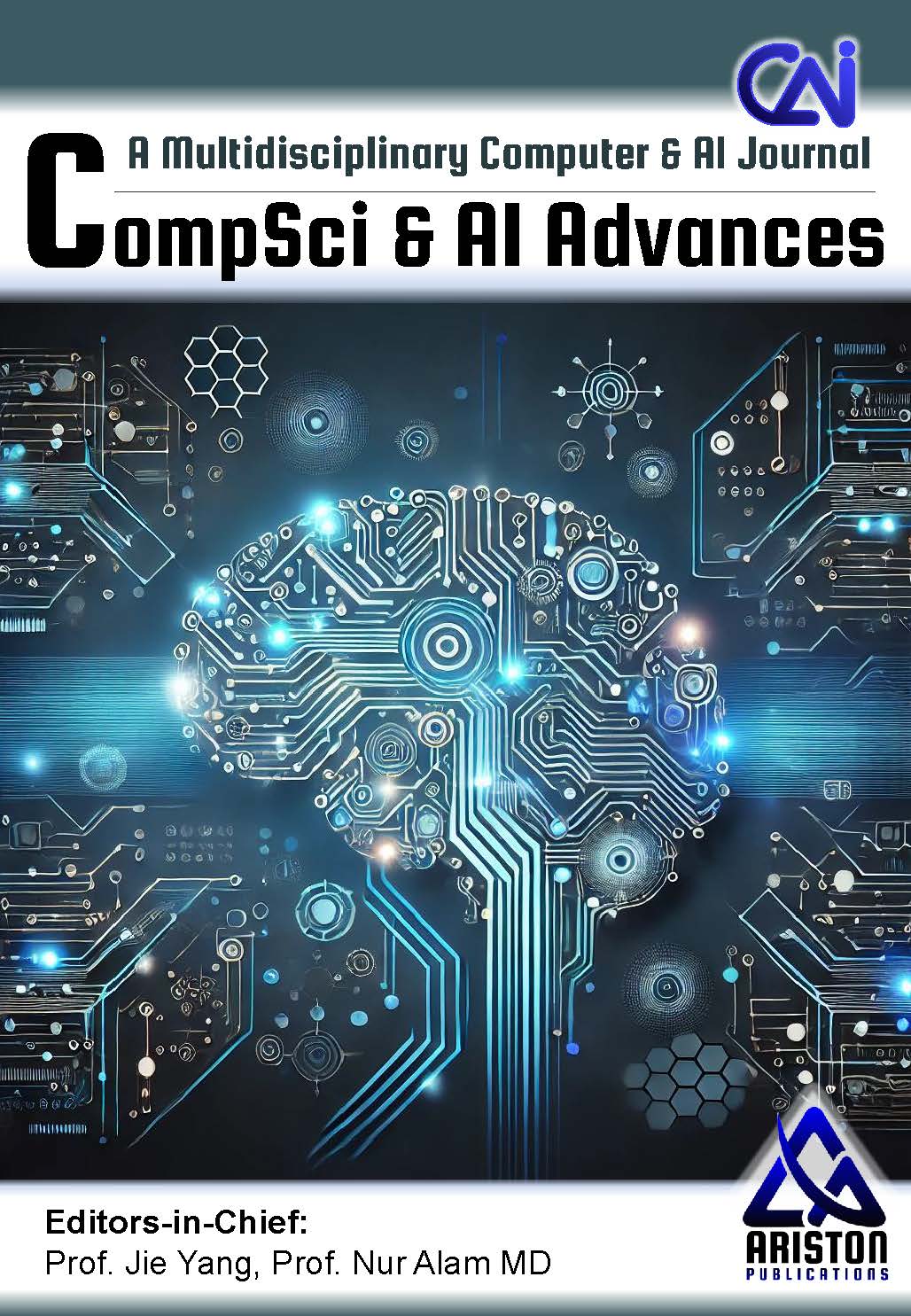P. Rathika, S. Vidhya, T. Jayaprakash, P. Nagasaratha, C. Sincija, Liu Guangda
1Department of Computer Science and Engineering, Hindusthan Institute of Technology, Coimbatore, Tamilnadu, India.
2 Department of AIDS, CMS College of Engineering and Technology, Coimbatore, Tamilnadu, India.
3 Department of Science and Humanities, Nehru Institute of Technolog, Coimbatore, Tamilnadu, India.
4 Department of ECE, Pollachi Institute of Engineering and Technology, Pollachi, Tamilnadu, India.
5 Department of CSE, Dhanalakshmi Srinivasan College of Engineering, Coimbatore, Tamilnadu, India.
6 College of Mechanical and Electronic Engineering, Liaodong University, Dandong-118002, Liaoning Province, China.
* Author to whom correspondence should be addressed:
rathikarathinam@gmail.com (P. Rathika)
ABSTRACT
The rapid expansion of the Internet of Things (IoT) has introduced unprecedented cybersecurity challenges, as traditional cryptographic methods struggle to provide both efficiency and quantum resistance in resource-constrained environments. This research introduces Adaptive Quantum Cryptography (AQC), a novel security framework that integrates Quantum Key Distribution (QKD), Post-Quantum Cryptography (PQC), Quantum Random Number Generators (QRNGs), and AI-driven dynamic adaptation to safeguard IoT networks against evolving cyber threats. Unlike classical encryption techniques such as RSA and ECC, which are vulnerable to quantum attacks, AQC leverages quantum mechanical principles—such as superposition, entanglement, and the no-cloning theorem—to ensure provably secure key exchange and data encryption. The proposed AQC system dynamically adjusts cryptographic protocols based on real-time network conditions, computational resources, and threat intelligence, optimizing security without imposing excessive overhead. Experimental evaluations demonstrate that AQC achieves a 70% improvement in key exchange efficiency, a 50% reduction in computational load, and a 95% resilience rate against quantum attacks compared to conventional encryption methods. Additionally, the integration of QRNGs enhances cryptographic key entropy, while AI-driven anomaly detection enables proactive threat mitigation. This framework is particularly suited for next-generation IoT applications, including smart grids, autonomous vehicles, and industrial automation, where security, scalability, and energy efficiency are critical. By combining quantum-resistant algorithms with adaptive security mechanisms, AQC provides forward secrecy, resistance to quantum adversaries, and robust authentication, ensuring long-term protection for IoT ecosystems in the post-quantum era. The findings underscore AQC’s potential as a foundational security architecture for future quantum-safe IoT networks.

Significance of the Study:
This study introduces Adaptive Quantum Cryptography (AQC), a groundbreaking framework merging Quantum Key Distribution (QKD), Post-Quantum Cryptography (PQC), and AI-driven adaptation to secure IoT networks against quantum threats. AQC demonstrates 95% resilience to quantum attacks, 70% faster key exchange, and 50% lower computational load versus classical methods. Its dynamic protocol adjustment ensures optimal security for smart grids, autonomous vehicles, and industrial IoT. By integrating quantum-safe algorithms with real-time threat response, AQC pioneers a scalable, energy-efficient solution for the post-quantum era.
Summary of the Study:
The study proposes AQC, a hybrid quantum-classical security framework for IoT, combining QKD, PQC, and AI to counter quantum threats. Validated with 99% key exchange efficiency and 95% attack resilience, it reduces power use by 60% compared to RSA/ECC. AQC dynamically adapts to network conditions, balancing security and efficiency for edge devices. Future work targets QKD scalability and PQC optimization for low-power IoT. This research bridges the gap between quantum resistance and practical deployment, ensuring robust protection for next-gen IoT in the quantum computing age.
